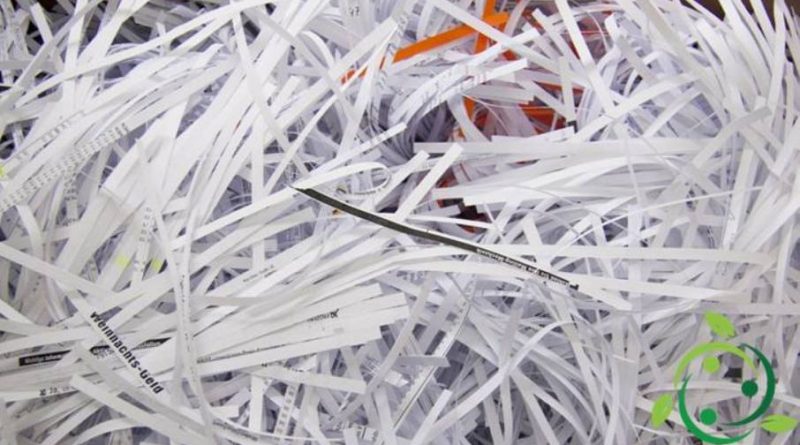How to recycle paper
How to recycle paper
The containment of CO2 emissions and the maintenance of global warming depend on small actions and personal habits that, added together, produce significant environmental and life benefits. In this tab we see how to recycle paper, rules and useful information. In fact, like all waste, the paper must be disposed of but, being a recyclable material (such as glass, aluminum, etc.) it must be recovered to be treated and reused as a second material for the production of new paper. Only in Italy the sum of paper and cardboard accounts for about 30% of the total waste and therefore represent a large resource. Just think that with a ton of cellulosic material (coming from paper and cardboard) you can save 3 trees 20 meters high, with a strong reduction in CO2 emissions. In detail, let’s see what are recyclable waste paper:
- newspapers, magazines, books, comics, all the commercial press (leaflets, advertising leaflets);
- bags for food, bread or fruit;
- paper bags with handles;
- sheets of paper of all types and sizes;
- food containers (such as pasta, rice, etc.);
- the cardboard strips of products such as preserves, yoghurt and beverages;
- shoe boxes;
- the large and small packages of products and detergents for washing machines and dishwashers;
- the boxes of medicines, toothpaste, etc.
- corrugated cardboard packaging of any shape or size (for example, for television sets or household appliances);
carton containers for fruit and vegetables; - cartons for beverages (such as milk, fruit juices, wine, cream and similar) emptied, rinsed and flattened;
- books newspapers paper and cardboard trash cardboard trash paper – bags.
What instead can not be recycled with paper are non-cellulosic materials, containers of dangerous products, synthetic papers, photographic papers and any type of paper, cardboard and cardboard that has been soiled (for example greaseproof paper, greased paper and cardboard) , used paper napkins, food-soiled paper napkins, laminated paper, detergent cans). Once the recyclable paper material arrives in the recovery plants, it undergoes a series of processes (collection, storage, selection, bleaching, etc.) which allows the return of a reusable paper product for a thousand new uses. Official data tell us that about 9 million tons of cellulosic products are consumed in Italy. Of the waste we produce, 64% is recycled, 14% is burned to produce energy and 22% is used for other uses (in fireplaces) or ends up in landfills. In short, the recovery and recycling of paper is not only an act of civilization but above all a significant contribution to the creation of a circular economy that reduces human pressure (ecological footprint) on our planet and gives better prospects of life for future generations.

